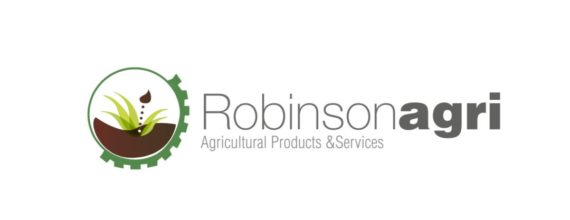Robinson Agri launched its operation in 1970 by designing, producing and installing greenhouses and irrigation systems, and today are leaders in design, manufacturing, installation and service of greenhouses. In 1986, Robinson Agri began expanded its operations to include crop protection. Agrigrow, Robinson Agri’s innovative nursery is a leading provider of vegetable plants. www.robinsonagri.com
Case Challenge #1
Lack of Early Warning Systems:
Sudden drop in temperature and occurrence of frost at night or early morning severely damages the vegetable crops grown in green houses as well as in open fields, such as potatoes and cucumbers. Frost can cause a yield loss of up to 80% of
the total yield, as occurred last year in Akkar.
Farmers do not have early warning systems, they do not know when such conditions are likely to occur so they do not know how to deal and use protective measures to prevent the impact. Today, they get their information from the TV weather forecast and SMS from LARI. Translating the data into action is a challenge for farmers given their limited knowledge, and their reliance on their instinct and experience in managing it. Early warning systems are required for farmers and can be linked to sms services whereby not only warns against frost but also recommends the proper action to be taken.
Case Challenge #2
Lack of Informative Alerts:
Farmers lack of awareness and information on pest management. For example, table grape producers face risk of Mediterranean fruit fly that can damage their whole produce, and they cannot know in advance of when the fly may reach their field or when a disease is likely to happen. They spray pesticides every 3 days, leaving high residues in the fruit and reducing chances of being exported.
Early warning systems that share information and tips help farmers take the right measures without risking access to markets.
Case Challenge #3
Adapting to Local Factors:
Various systems are available abroad for hydroponics, including NFT. However, they are costly and can cost between 45-48 $/m2 excluding the greenhouse installation. The main parameters to consider in any system are the electrical conductivity (EC) and Acidity (pH). The conductivity is mostly related to artificial lighting.
The challenge is that amidst the continuous power cuts, there is no uniform artificial lighting across all the plants, and thus variation in the yield. The solution is to find out how to ensure uniform proper lighting and adaptation of the standard NFT systems to meet the local demand at an affordable price.


